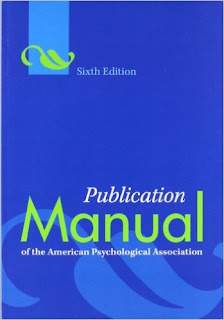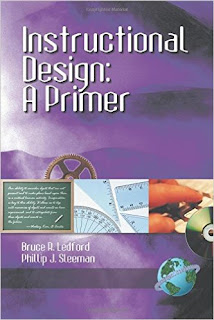
For the IDT 530 course, Planning, Designing, Developing, and Evaluating Technology-based Instruction, one of the other three required texts was A Whole New Mind: Why Right-Brainers Will Rule the Future by Daniel H. Pink.
Pink has written five books,is no stranger to the New York Times best-seller list and has attained the status of business guru; he has been on the board of directors of many non-profits and start-ups. This 304-page business text was a logical choice for inclusion in the Instructional Design curriculum, as it emphasizes the roles of creative individuals in today’s business world.
He starts off the book by recapping the four “ages” that he says define progress of the modern world: Agricultural, Industrial, Information, and Conceptual. He asserts that society is now in the Conceptual age, which is marked by creators and empathizers (right-brain people). He looks at how there are many things that the Western world is not competitive with anymore, as many tasks are no longer in demand or can be done better (and cheaper) via computer or overseas.
Once this background is set, he goes on to describe essential differences, or “senses,” that can give industries a comparative advantage. I am not going to ruin the surprise of what these are, but he does seem to make sense and fairly reasonable arguments here for how our business focus needs to adapt.
I am not going to go so far as to say that Daniel Pink’s A Whole New Mind: Why Right-brainers Will Rule the Future is a must-buy (unless, of course, your professor puts it on the required text list), but it is interesting enough that you might want to thumb through it if you have the time. The book is reasonably priced, with new ones selling for only around $10 on Amazon, so there is not much to lose if you do not like it.
Daniel H. (2006). A whole new mind: Why right-brainers will rule the future. New York; Penguin Group



















